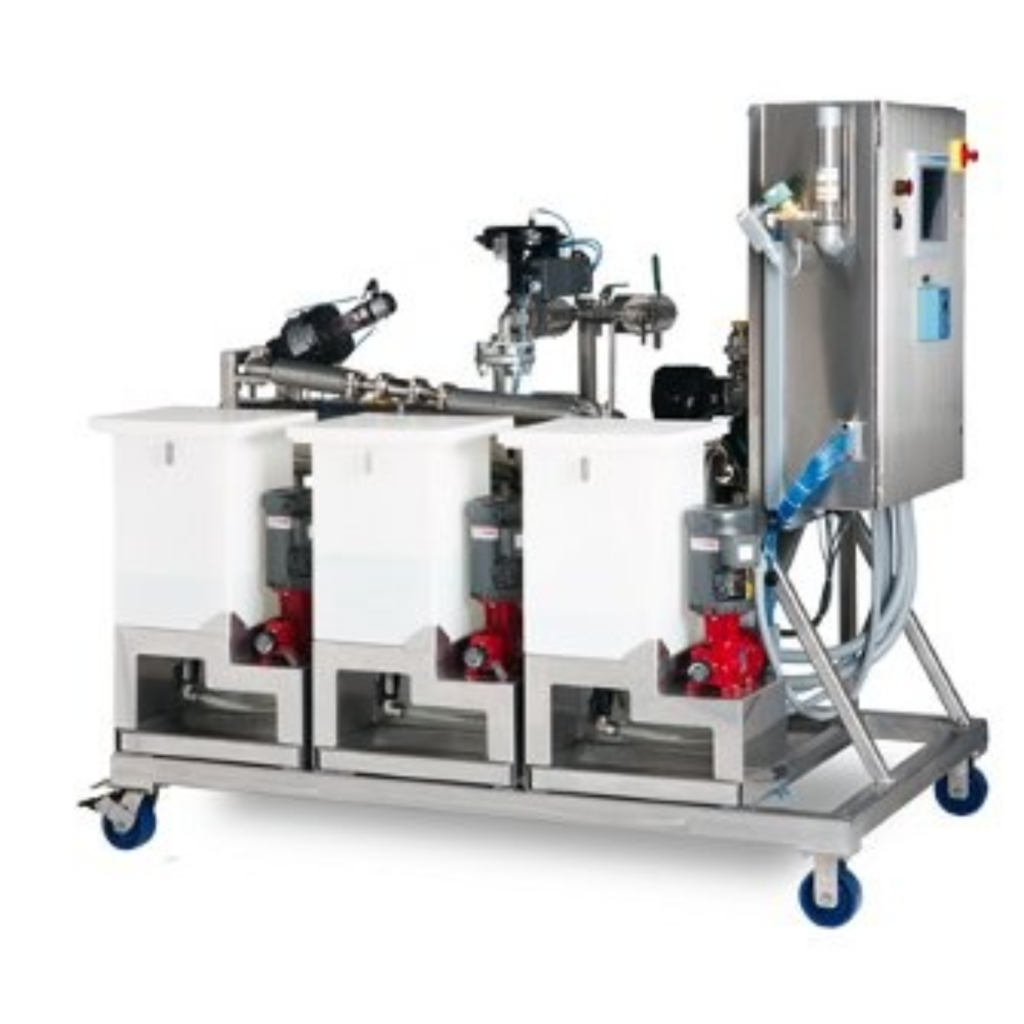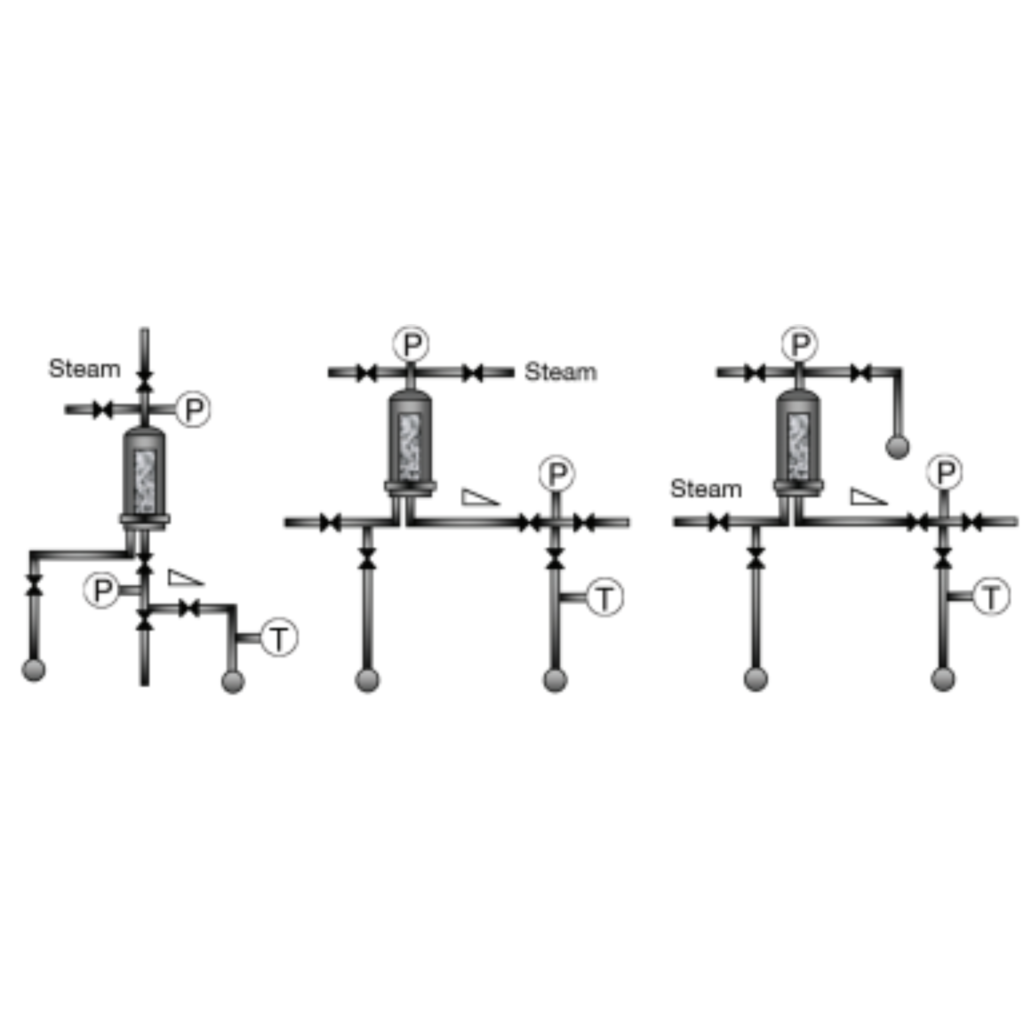Pharmaceutical Technology/Products
Steam In Place Machine (S.I.P.)
Sterilization/Steam In Place (SIP) is a critical process used in industries such as pharmaceuticals, biotechnology, and food and beverage to sterilize equipment and piping systems without disassembling them.
The working principles of SIP involve the following steps:
Preparation: The equipment or system to be sterilized is identified, and any loose or removable components are removed for manual cleaning if necessary.
Rinse: The SIP system delivers a flow of purified or treated water to rinse the interior surfaces of the equipment or system. This helps remove loose dirt and contaminants.
Steam Injection: Steam is injected into the equipment or system through a network of steam distribution lines. The steam is typically delivered at a specified temperature and pressure to ensure effective sterilization.
Hold Time: After steam injection, the system is maintained at the specified temperature and pressure for a predetermined hold time. This allows the steam to penetrate and sterilize all interior surfaces.
Cooling: After the hold time, the steam is released, and the system is cooled down using purified or treated water. The cooling step may involve circulating cold water through the equipment or system.
Drainage: Excess water and condensate are drained from the equipment or system to prevent contamination.
Verification: The effectiveness of the sterilization process is verified through various methods, including temperature and pressure monitoring, biological indicators, and visual inspection.

Advantages:
High-Level Sterilization: SIP is highly effective at achieving sterilization, eliminating microorganisms, including bacteria, viruses, and spores.
Efficiency: SIP systems automate the sterilization process, reducing the need for manual labor and minimizing the risk of human error.
Consistency: SIP processes are repeatable and consistent, ensuring a high level of sterilization.
Reduced Risk of Contamination: SIP minimizes the risk of contamination between batches, particularly in industries with strict hygiene and quality requirements.
Disadvantages:
Initial Cost: Implementing SIP systems can be expensive due to the need for specialized equipment and installation.
Complexity: SIP systems require regular maintenance and skilled operators to ensure proper functioning.
Energy Consumption: The use of steam for sterilization can be energy-intensive.

Applications: Sterilization/Steam In Place (SIP) is widely used in various industries, including:
Pharmaceutical: Sterilizing equipment used in drug manufacturing, including bioreactors, fermenters, and filling lines.
Biotechnology: Ensuring the sterility of bioreactors, fermentation vessels, and other equipment used in cell culture and fermentation processes.
Food and Beverage: Sterilizing processing equipment, tanks, and pipelines to maintain product integrity and safety.

Summary: Sterilization/Steam In Place (SIP) is an automated method for achieving high-level sterilization of equipment and piping systems without disassembly. It involves rinsing, steam injection, holding at a specified temperature, cooling, and drainage. SIP offers efficiency, consistency, and reduced contamination risk but comes with initial costs and complexity. It is a critical process in industries where maintaining sterility is essential, such as pharmaceuticals, biotechnology, and food and beverage production.


 Sales & Marketing:
Sales & Marketing:  Service Supports:
Service Supports:  Website:
Website: 